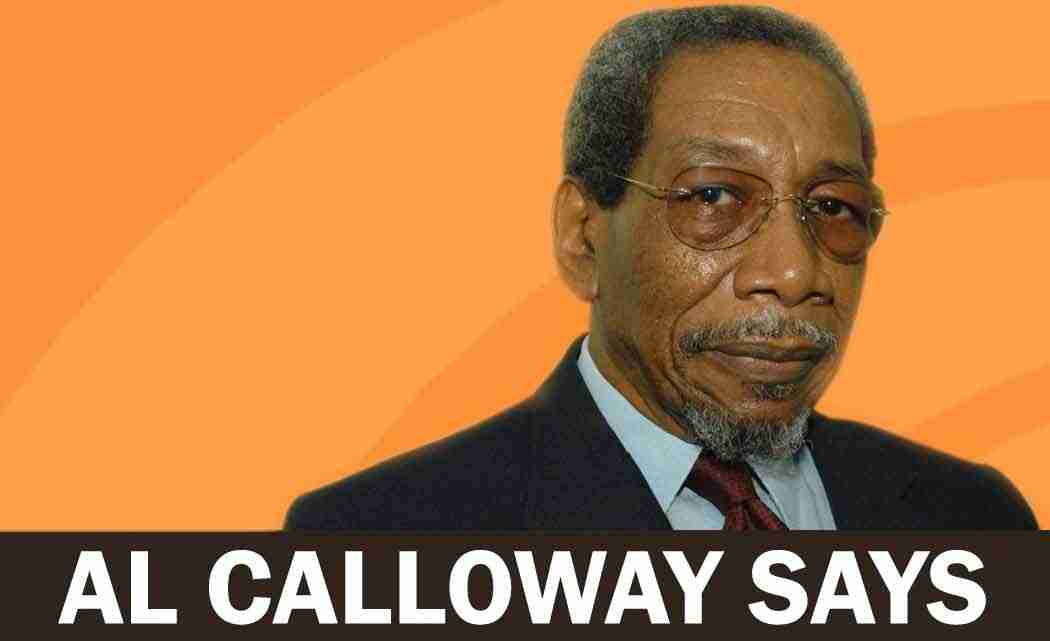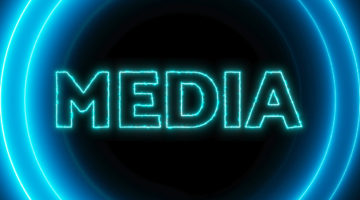We really had something very positive going on at the Greater New York Urban League in Harlem during the late 1960s. People were working with the founders of what became The Children’s Television Workshop that later produced Sesame Street, and the organization took on Harlem’s heroin epidemic with an innovative approach called “The Street Academy Program.”
Along with its other regular community betterment activities, Lloyd Weaver (Frederick Douglass’s maternal great grandson) and I were brought in by the League’s Executive Director, Rev. Dr. Eugene S. Callender to creatively enhance community relations. We created “The Probe” magazine and “The Probe Mass Communication Workshop.”
Dr. Callender’s Street Academy concept worked out on the drug-infested corners of Central Harlem became what the New York Times called “a model for nontraditional educational programs nationwide.” Everywhere a vacant storefront could be found in or near a great impact area for heroin distribution, a corporate sponsor was recruited to fund the site.
Academies were devised as a tier structure. There were base storefronts, somewhat like a basic training camp where those hooked on heroin were talked into taking the cure. With the physical and financial assistance of the Young Life religious group, apartments were rented where addicts underwent detoxification under trained supervision.
Within that broad first tier group also were so many youths and young adults who had phased school out of their lives and had become dropouts, and those for whom formal education was never a panacea and, therefore, basic skills were at bare minimum levels. Once first tier participants got re-acclimated with the learning environment, at their level, they transitioned to a storefront academy where educational exploration intensified, as fun!
Through the next tier, participants were groomed to attend the licensed and certified Harlem Preparatory School, an open corridor Montessori-type educational environment. There some students that came into the program on heroin or as dropouts and underachievers left for Princeton University, the University of Puerto Rico and so on. There were some relapses, of course. However, their numbers were miniscule in comparison to the program’s numerous outstanding successes.
Therein laid the problem. Pressure began to loom large for corporate America and everywhere else due to the activities of America’s white nationalists, generators of the white backlash. Northern and southern white nationalists (often referred to as “racists”) had been seething due to black civil rights gains and fear of growing black competition, especially for jobs, education and housing.
Fear of losing market share in a white backlash climate began to dry up corporate funding and it also stimulated a pullback by some foundations, and other white funding sources, adversely affecting black community- development projects throughout the nation.
Actually, my Urban League story began in Atlanta, during the student movement days there in the early 1960s. Herman D. Bailey, my fine art and humanities instructor at Clark College (now Clark/Atlanta University) had a private art studio on Chestnut Street near then Atlanta University.
A diplomat from Guinea, West Africa was in America to study Banking and Finance and International Trade at Emory University in Atlanta. He and sometimes a Jewish history professor out of Yale University, Bailey and I would listen to jazz and talk politics at the studio. One evening, Bailey, the brother from Guinea and I were listening to Paul Robeson records when the door crashed in and white motorcycle cops rushed in, dressed like Nazi storm troopers, and arrested us.
Because of segregation, the diplomat from Guinea could not live on Emory University’s campus so Whitney Young, then Executive Director of the National Urban League and Dean of the Atlanta University School of Social Work had set him up at the school’s dorm.
When we were allowed to make a telephone call from jail, the diplomat called the State Department’s Africa Desk and all hell broke loose. Minutes later, brother G. Mennen Williams, a key black in the State Department, called back to tell us that Whitney Young was on his way to get us. As a result of that meeting with Whitney Young, I was always able to visit and get real information about community organizing and life in general.
In 1964, the head of Atlanta’s Urban League, Clarence D. Coleman, got me an interview with Jesse Hill, publisher of the Atlanta Inquirer newspaper, which started my career in journalism. Coleman became Director, Southern Region of the National Urban League.
Al Calloway is a longtime journalist who began his career with the Atlanta Inquirer during the early 1960s civil rights struggle. He may be reached at Al_Calloway@verizon.net










No Comment